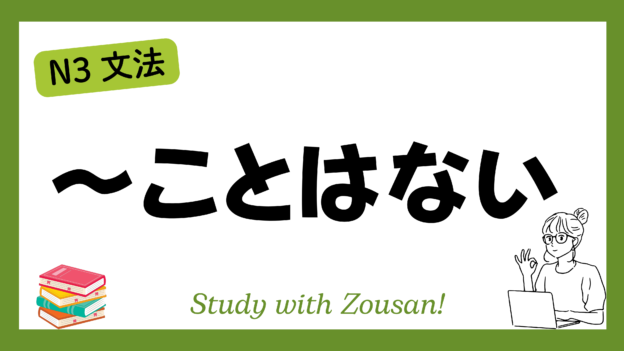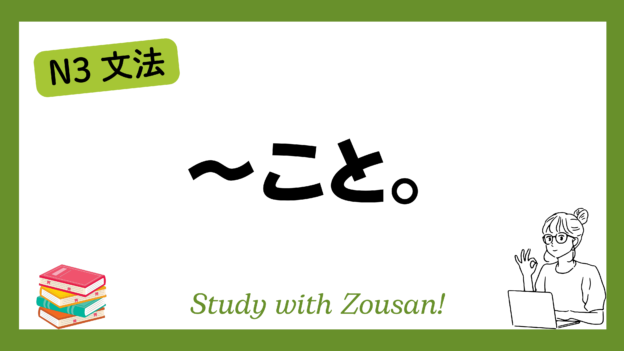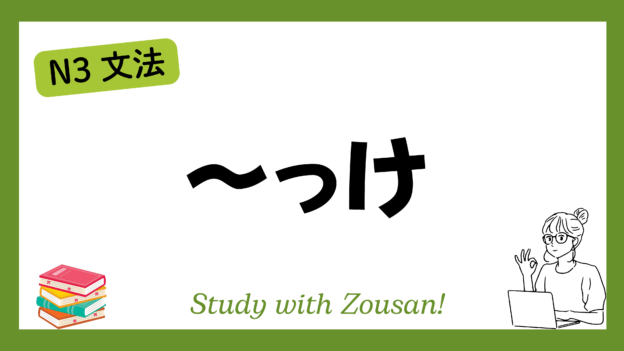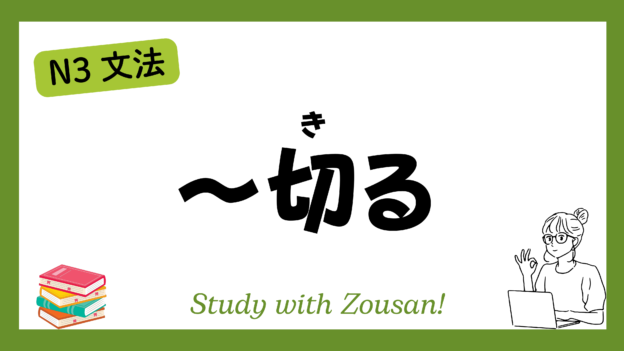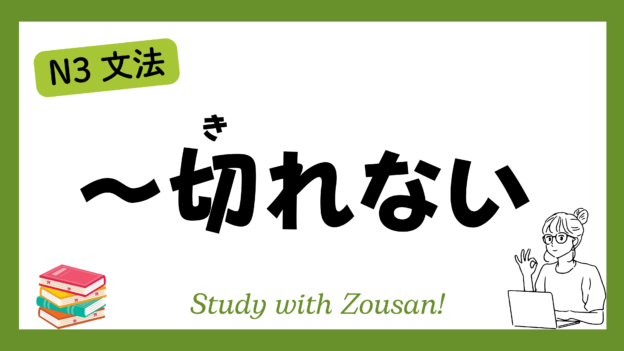Meaning: “About…” / “Approximately…” / “As much as…”
This structure is used to express degree, extent, or approximation. “~くらい/ぐらい” is often used to indicate how much, how many, or to estimate quantities, time, etc.
Structure:
| Verb (casual form) | + くらい/ぐらい |
| Noun | |
| な-adjective + な | |
| い-adjective |
Example:
-
-
-
🌟 1時間くらい待ってください。
(いちじかん くらい まって ください)
Please wait for about an hour. -
🌟 10人ぐらいが参加しました。
(じゅうにん ぐらい が さんか しました)
About 10 people participated. -
🌟 あなたくらいの年齢の人が多いです。
(あなた くらい の ねんれい の ひと が おおい です)
There are many people around your age. -
🌟 2万円ぐらいで買えます。
(にまんえん ぐらい で かえます)
You can buy it for about 20,000 yen. -
🌟 彼くらいの背の高さが理想です。
(かれ くらい の せ の たかさ が りそう です)
A height around his would be ideal. -
🌟 今日くらいの天気がちょうどいいです。
(きょう くらい の てんき が ちょうど いい です)
Weather like today’s is just right. -
🌟 少しぐらい休んでもいいです。
(すこし ぐらい やすんで も いい です)
It’s okay to take a short break. -
🌟 このくらいで終わりにしましょう。
(この くらい で おわり に しましょう)
Let’s finish around here. -
🌟 彼女くらい優しい人は他にいません。
(かのじょ くらい やさしい ひと は ほか に いません)
There’s no one as kind as her. -
🌟 歩けないくらい疲れました。
(あるけない くらい つかれました)
I’m so tired that I can’t walk.
-
-






